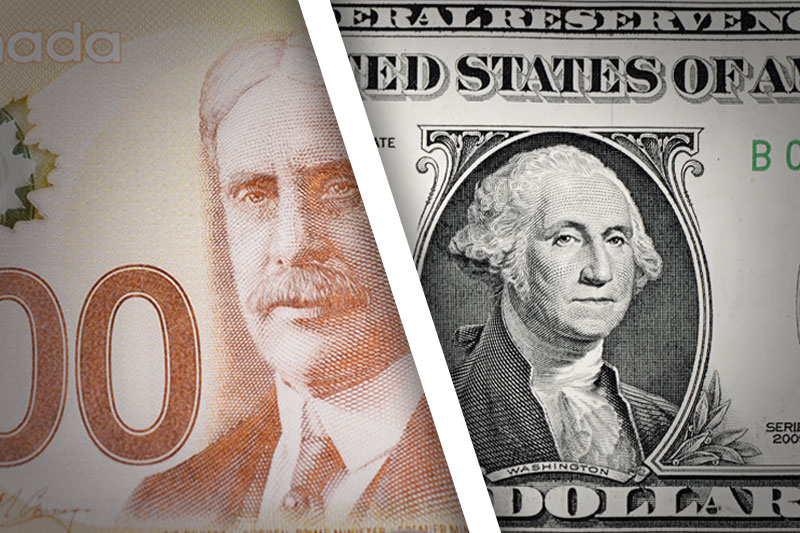Investing.com - The U.S. dollar rose to session highs against the Canadian dollar on Tuesday, as ongoing uncertainty over how soon the Federal Reserve will start to phase out stimulus measures sparked widespread risk aversion.
USD/CAD hit 1.0401 during early U.S. trade, the highest since August 8; the pair subsequently consolidated at 1.0392, advancing 0.45%.
The pair was likely to find support at 1.0314, Monday’s low and resistance at 1.0429, the high of August 8.
Expectations that the Fed may start to unwind its asset purchase program as soon as September sparked weakness in global equities markets on Tuesday.
Investors were looking to the minutes of the Fed’s July meeting on Wednesday for further indications as to when the central bank may start to pull back its asset purchase program.
Fed Chairman Ben Bernanke has said that the decision to start tapering will depend on whether economic data is strong enough.
Elsewhere, the loonie, as the Canadian dollar is also known, fell to its lowest level since November 2011 against the euro, with EUR/CAD jumping 1.15% to 1.3954.
The euro remained broadly supported after data last week showed that the euro zone economy returned to growth in the second quarter, emerging from an 18-month recession.
USD/CAD hit 1.0401 during early U.S. trade, the highest since August 8; the pair subsequently consolidated at 1.0392, advancing 0.45%.
The pair was likely to find support at 1.0314, Monday’s low and resistance at 1.0429, the high of August 8.
Expectations that the Fed may start to unwind its asset purchase program as soon as September sparked weakness in global equities markets on Tuesday.
Investors were looking to the minutes of the Fed’s July meeting on Wednesday for further indications as to when the central bank may start to pull back its asset purchase program.
Fed Chairman Ben Bernanke has said that the decision to start tapering will depend on whether economic data is strong enough.
Elsewhere, the loonie, as the Canadian dollar is also known, fell to its lowest level since November 2011 against the euro, with EUR/CAD jumping 1.15% to 1.3954.
The euro remained broadly supported after data last week showed that the euro zone economy returned to growth in the second quarter, emerging from an 18-month recession.
